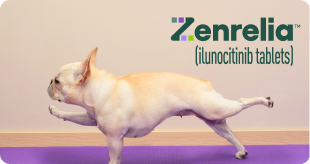There’s nothing like a clean, shiny horse right after a bath. Not only does bathing bring out your horse’s natural beauty, it also helps keep them clean and healthy.
Bathing your horse gets rid of trapped dirt and dried sweat that can accumulate in their coat. Your horse might feel itchy and uncomfortable when they need a bath, especially as debris can cause irritation as it causes friction between the skin and the saddle.
You can bathe your horse as frequently as biweekly, though your bathing schedule may vary with the seasons. You might skip baths all winter, opting for frequent brushing instead, then bathe every two to three weeks during the summer.
How To Bathe Your Horse, Step By Step
Prepare a bath kit before you wash your horse so you don’t find yourself scrambling for tools while your horse is wet and sudsy. You’ll need a curry brush, sponges, a scrubber mitt, shampoo, a bucket, a sweat scraper, sensitive skin products (if needed), dry towels, and a hose with an adjustable nozzle.
Tie up your horse with a quick-release knot if you’re unsure how they will react to being bathed. If your horse spooks, it’s best to release them.
Brush your horse with a curry comb to loosen dead fur and dirt. A FurBliss brush is great for this. Use a comb to gently detangle their mane and tail. Shampoo can reach the skin much more easily once dirt and debris is removed, and you can also see if your horse is in a good mood for grooming. You can also be on the lookout for bug bites, bumps, or anything else that may require attention.
Using the hose, wet your horse’s coat, starting from their hooves and working your way over their back, up to their neck and shoulders. Do not spray your horse in the face or near sensitive areas around the groin.
First, lather up your horse’s mane and tail with shampoo. You can do this with your hands or a comb so you can also gently work out any tangles.
Next, work shampoo into the rest of your horse’s coat, using a scrubber mitt to work up a lather throughout their body. A stepstool can help you reach their back and shoulders. You can use a rag or a soft sponge to wash their legs, elbows, groin, and belly.
Use the hose and a sponge to rinse off the shampoo. You may need to rinse a few times to ensure no residue remains. Also use a clean sponge to gently clean your horse’s face. Avoid using shampoo on their face and near their genitals.
If your horse has skin issues, Zymox Skin Guard can be applied after rinsing out shampoo. You can then either rinse it out or leave it on to protect your horse from bacteria and fungi.
Then, use a sweat scraper to remove excess moisture. You can also towel dry your horse. In cooler weather, you may want to cover your horse with a sheet.
Wait until your horse is completely dry to apply any fly sprays or other insect repellents. These products are made to be applied to the surface of the coat. Applying while the horse is wet may allow the product to seep into the skin, potentially causing irritation.




































